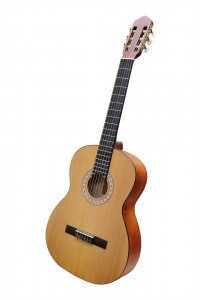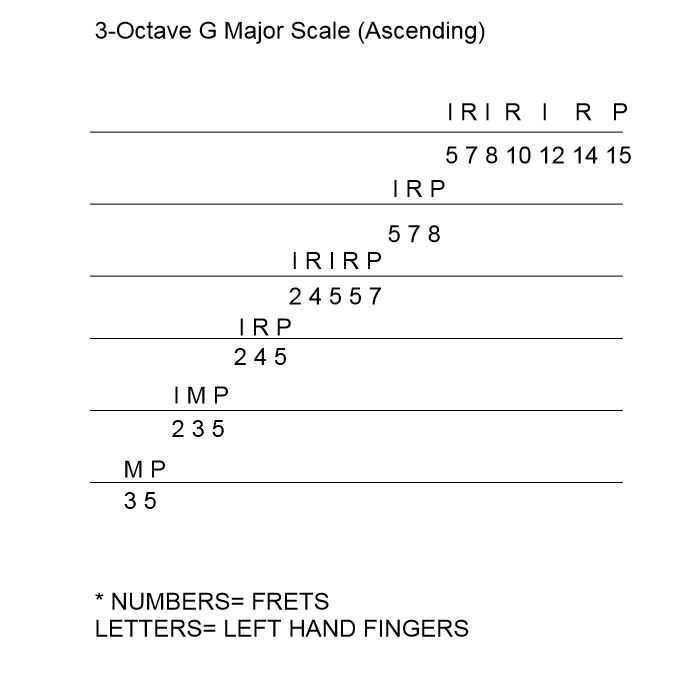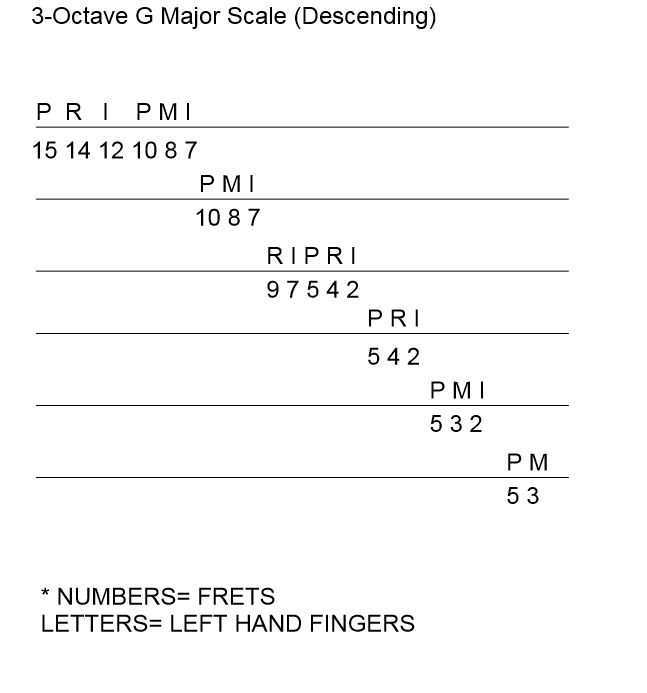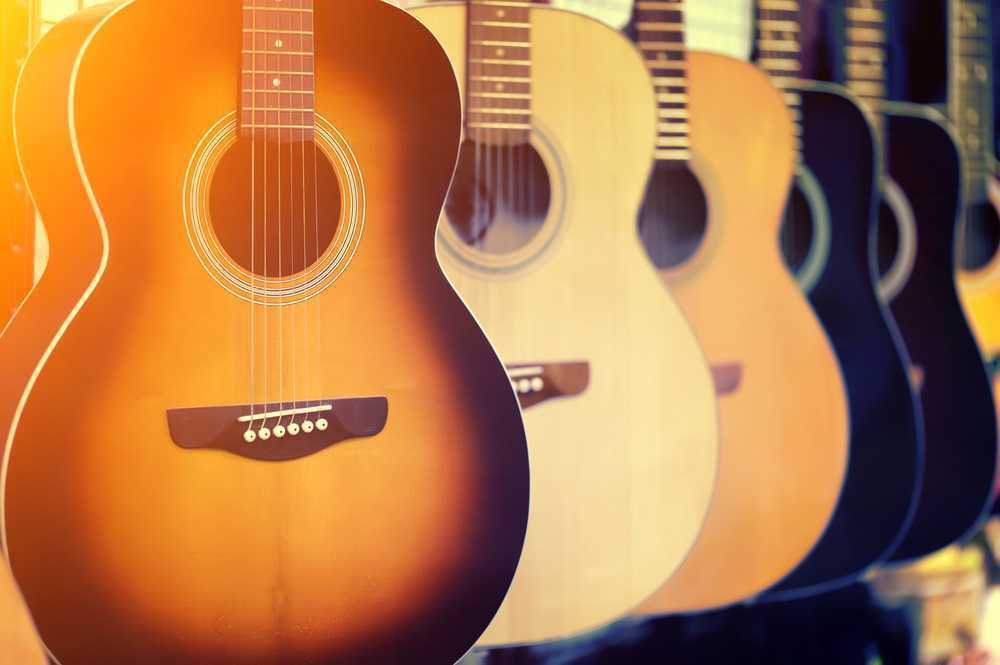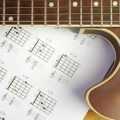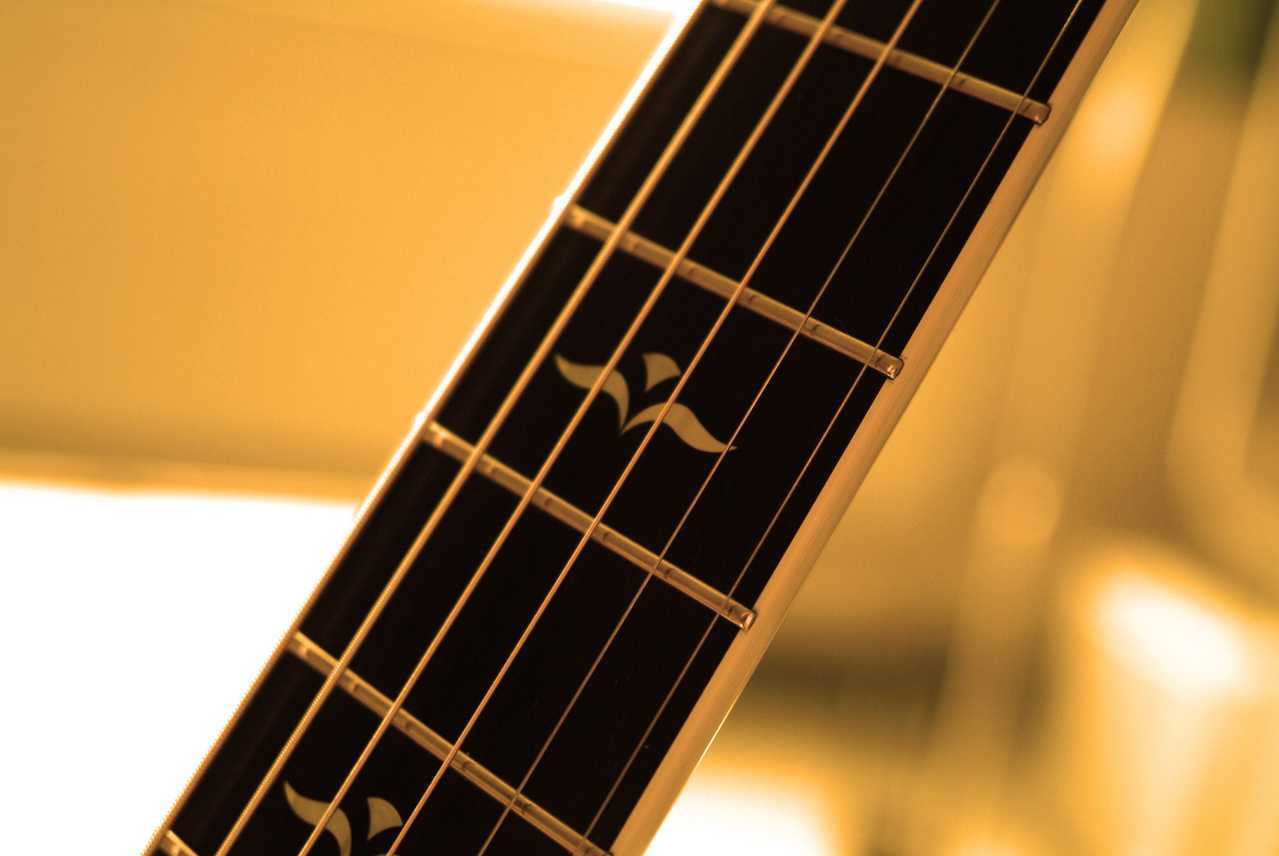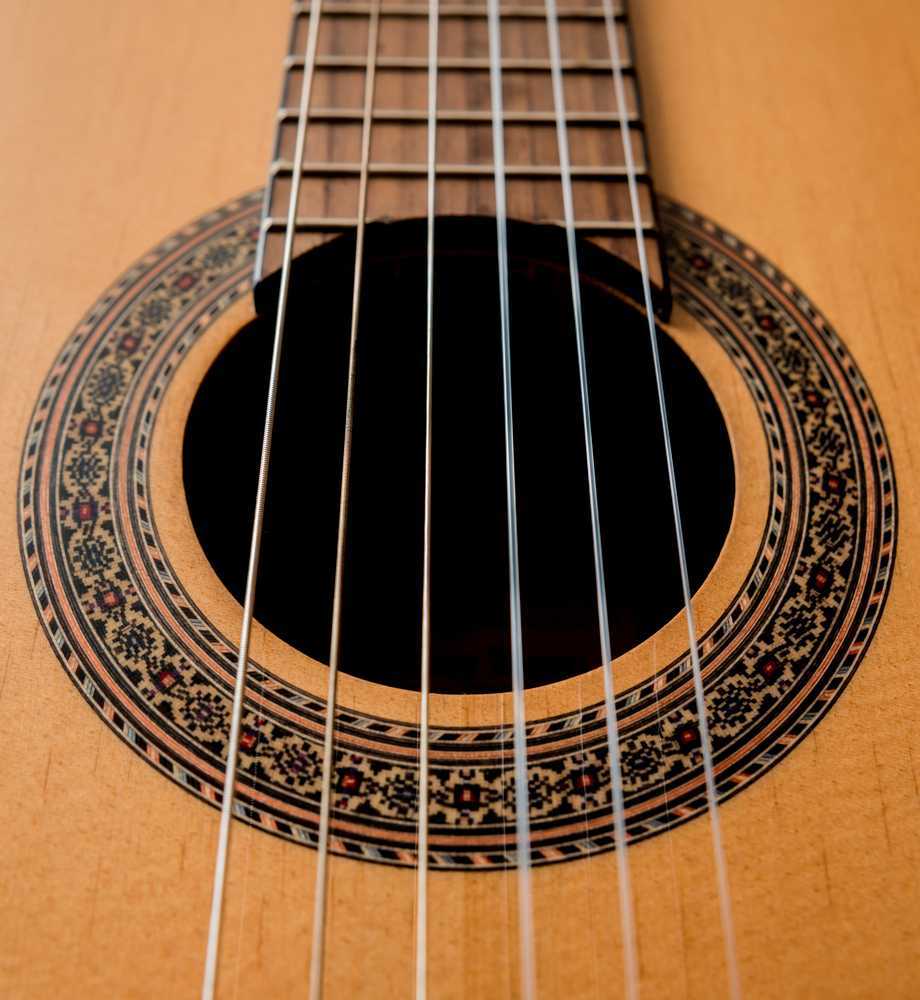If you’re new to the guitar, the idea of learning how to play scales might seem like a waste of time. After all, a scale isn’t a chord that you can play in a song. For a complete beginner, scales like the 3-octave G Major scale can also seem really difficult to learn—if they’re taught wrong, that is. So, if you’re learning how to play guitar why should you take the time to learn scales?
Why Scales Are Important
Scales boost muscle memory by forging powerful connections between your brain and your fingers. These newly-built connections have massive positive effects on your ability to press down on frets, thus improving your tone. Scales allow a musician to explore and memorize which notes fit within a key. Memorizing scales will help musicians improvise, craft melodies, and improve ear training. Important technical skills like alternate picking and left hand fingering are taught and reinforced when a guitar player takes the time to memorize scales.
Having a working knowledge of how to build scales can give a student an important window into how music theory works and why it’s important. The pattern of frets that are played in a G Major scale contain the same exact pattern behind every other major scale on the guitar. Taking the time to master the 3-octave G Major scale will essentially teach you how to play major scales anywhere on the guitar. Are you sold yet?
How To Play The 3-Octave G Major Scale
Start on the 6th string, 3rd fret with your middle finger. It’s important that you follow fingering instructions here. Once you memorize the 3-octave G Major scale you’ll be able to use the same finger patterns for any other major scale. Go slow and never rely on your left hand index finger to press down all the notes. That’s an easy short-term fix that will end up hurting you in the end. Check out the tabs and instructional video below:
3-Octave G-Major Scale (Ascending)
3-Octave G-Major Scale (Descending)
Once you’ve memorized this scale, try moving it up a fret, and you’ll soon be playing the Ab Major scale. Happy scaling!

